Back in July, I started to write an article about virtual tours. I do this frequently, losing interest in the article or saving it in my inbox for another day, probably part of the reason why I always have 50 or more emails in my inbox.
I started thinking about the article again in the midst of the current covid-19 virus. Back when I first started thinking about this, the gist of my article was that while I felt virtual tours could help in many cases, they can also hurt. Virtual tours, high quality photographs, drone footage and even videos can be deceiving. As a seller, I might be concerned that someone may not like my home before they even have a chance to see it. As an agent, I want to showcase the great qualities of a listing that I represent, and when possible, I prefer to do that in person. If you know me, you know that I am not, by any stretch of the word, a pushy salesman. I like to think that I point out good qualities, and try to be proactive about finding ways to work around problems for my listings. I also try to recognize when a potential buyer just isn’t interested in a property, and do my best to find something suitable. More than anything, though, I like meeting people. I like shaking hands, and I like getting to know potential clients as we hit the road to explore the beautiful Teton region.
The above being said, I’m curious to see how the current situation will shape the future of the home-buying process. I think, and hope, that things get back to normal. But I also think that our world is changing. Fortunately, I have a pretty good handle on most of the technology available today. We use a number of tools within the brokerage that help us streamline our transactions and processes. I still think that there’s going to be value and bigger demand for virtual tours and videos, but I also think we’re going to have to be careful about how we present media. Sellers are going to rely on us to sell their property, and buyers are going to rely on us to make travel plans to come look at one piece of property, in many cases across the United States or from another country. I believe there is going to be an ever-evolving balance between accurately expressing real estate through virtual media and doing our best to properly represent all of our customers and clients.
